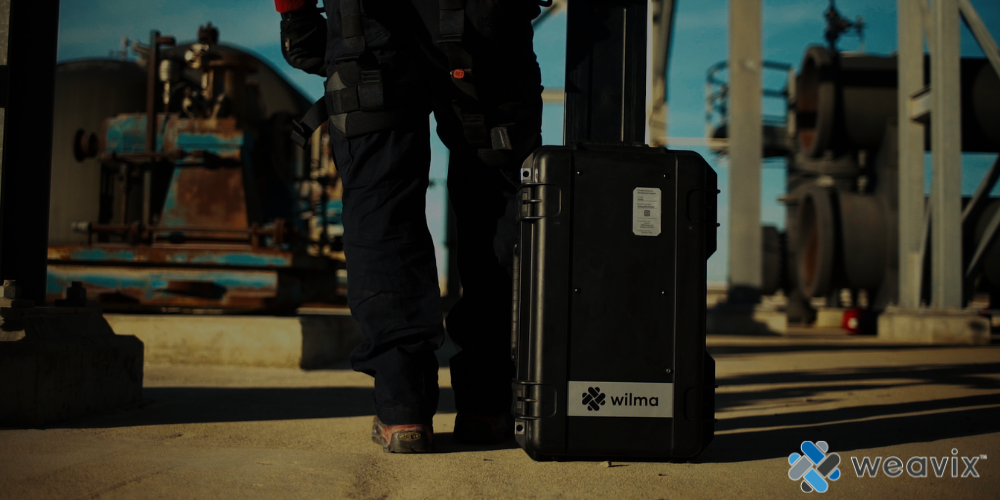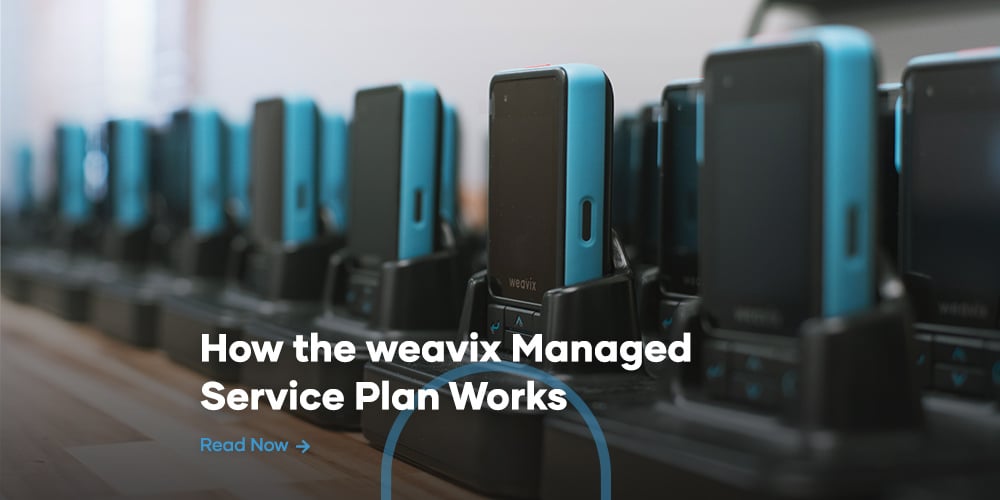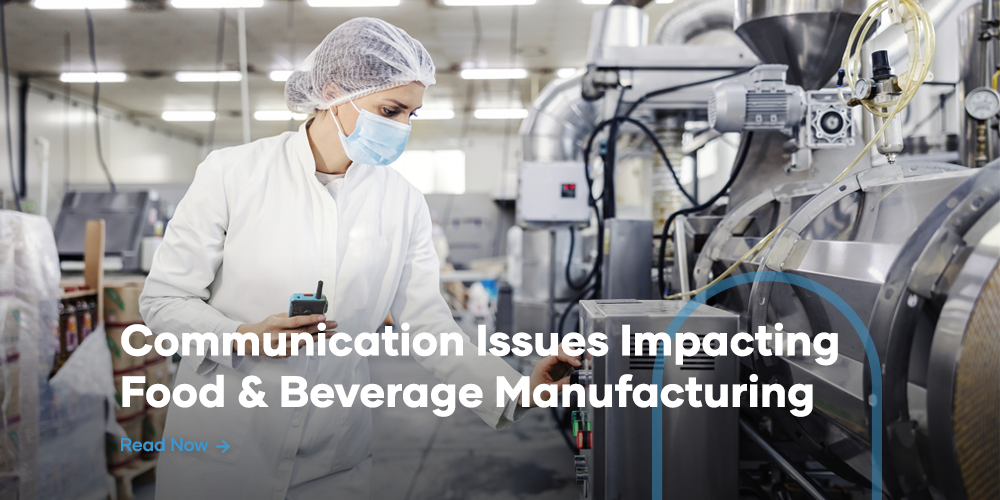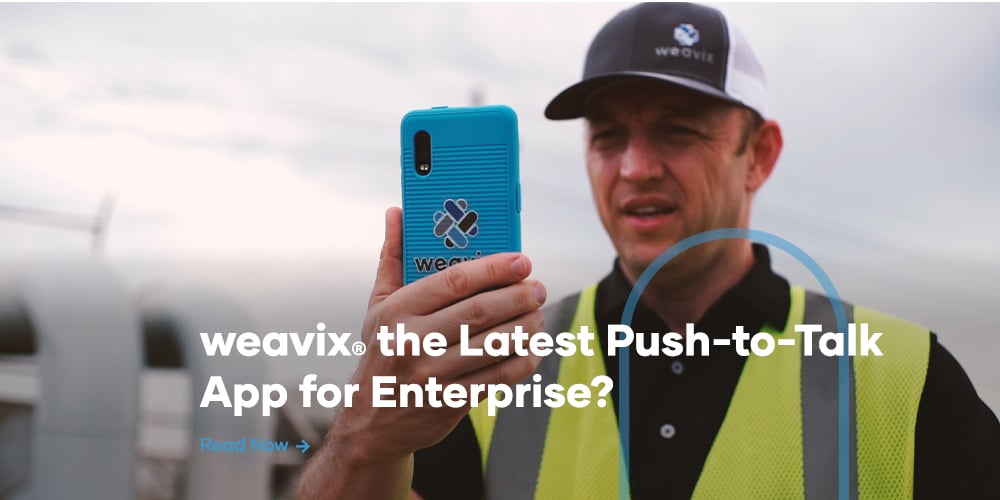Industry is no stranger to confined spaces. In fact, almost every industrial facility has them. While they’re common in most industrial facilities across the globe, the risks they present often get overlooked in routine safety training and exercises. Safety managers and government organizations have taken necessary precautions, but confined spaces are still a hot spot for workplace accidents, resulting in over 1,000 fatalities since 2011.
While industrial facilities have strict safety measures in place to keep these accidents from happening, even one fatality is too many. The result: a bigger push for safer, more effective confined space management systems by safety managers, federal entities and worker’s unions.
Safety is the top priority for everyone, even in the smallest areas of your facility. Confined spaces, while small, present many risks to the frontline workforce. Having an autonomous confined space management system greatly reduces these risks and helps make sure your frontline workers make it home.
What are Confined Spaces?
Before we get into the common risks confined space management systems help overcome, it’s important to understand what a confined space is in industry. According to OSHA, confined spaces are areas within the facility that “are large enough for workers to enter and perform certain jobs” while not necessarily being comfortably designed for people. Oftentimes, confined spaces have limited entrance and exit points as well, further closing them off from the rest of the facility.
Confined spaces include but are not limited to:
- Tanks and vats
- Sewers and storm drains
- Underground mines, caves and tunnels
- Crawl spaces
- Wells
- Silos
- Equipment housings
- Ductworks and pipelines
Confined spaces are not exclusive to only certain industries; almost every heavy and light industrial sector has workers completing tasks within confined spaces in their complex. Oil and gas refineries, paper mills, utility plants, airports, food and waste processing facilities, military bases and even manufacturing plants have confined spaces needing work done.
.png?width=600&name=wilma%20confined%20space%20(1).png) Overcoming Common Risks Associated with Confined Spaces
Overcoming Common Risks Associated with Confined Spaces
When you take into consideration how frequently confined spaces come up when discussing industrial facilities, the need for an effective confined space management system becomes more apparent. Confined spaces create risks from toxic fumes to a more severe environment during an emergency, and workers deserve a system meant to keep these spaces as safe as possible. While these spaces are small, OSHA estimates that 2 million workers enter a confined space annually, and the following risks impact each of these workers.
Real-Time Atmospheric Readings to Keep Workers Safe
When you think of risks with confined space, the first one that probably came to mind was the atmospheric hazards associated for workers. Depending on the facility and the product, along with poor ventilation within the space, gases and fumes can get stuck within the confined space. Some of these gases and fumes are odorless and invisible, so they can easily go undetected until it’s too late. The same can be said with a confined space that’s lacking oxygen; just a few minutes can be serious or even fatal for an unsuspecting frontline worker.
Instead of entering a confined space assuming it’s a safe and suitable environment, our confined space management system reads the real-time atmospheric conditions before giving the “all clear” to enter. The system keeps not only alerts but also digitizes the records for auditable data in the future.
weavix™ has an autonomous, non-intrusive confined space management system utilizing wilma™. Using sensors placed in the confined space, wilma™ continuously views and records atmospheric and gas readings within the monitored area. These sensors can pick up a number of toxic gases within the confined area, meaning your crews know they are entering a safe confined space every time. An unlimited amount of alerts can also be set if certain gases are read or levels reach a certain level, letting your frontline workers know they need to evacuate. All of the gas and atmospheric readings are securely stored for later analysis.
A confined space management system should use sensors and constantly monitor the atmospheric conditions within a confined space to keep your crews safe.
Responding and Exiting a Confined Space During an Emergency
Emergencies in and around the facility affect everyone, but when you have workers in a confined space, emergencies take on an added danger for them. Like we said earlier, confined spaces typically have very limited points of entry and exit, most only have one way in or out. Evacuating safely can be an issue, especially if they’re not informed as soon as possible. In an emergency, like a severe storm or fire, those in confined spaces have an added hazard to deal with: connectivity.
With weavix™, every worker in a facility has access to industrial-grade multimedia communication. During an emergency, these communication capabilities are even more important. However, confined spaces tend to have little to no signal for legacy industrial radios to reach those inside. An effective confined space management system should also act as a network extender.
Using wilma™ as a network extender, weavix™ guarantees connectivity to every worker no matter where they are in your facility. Not only can the network now reach those in confined spaces, but our devices also let you know who is in the confined space, what’s their craft, and for how long. With weavix™, you and your field workers are constantly connected, whether it’s just a regular day or during an emergency.
Our communication capabilities can reach even the most secluded places in your facility because of weavix™. This also includes our emergency mass notifications. Now, even if you have workers in a tank off by themselves, they will receive the same notification as the rest of your crews. They’ll be informed and able to evacuate the area and reach muster safely.
Overseeing your Crews while Working in a Confined Space
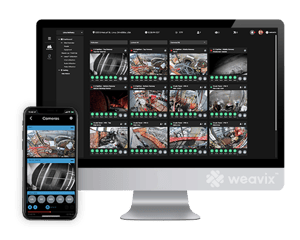 While working in a confined space, facilities often limit the number of workers allowed in at one time. Just by the nature of the spaces and the work being done in them, there’s not a lot of opportunity for oversight while in these spaces. For the most part, your workers go in, get their job done, and exit without incident or delay. However, if something were to happen, having that oversight would clarify what exactly happened and help you make informed changes to ensure it doesn’t happen again. An autonomous confined space management system is the way to go. Management can view live camera feed inside the space for completely visibility from anywhere.
While working in a confined space, facilities often limit the number of workers allowed in at one time. Just by the nature of the spaces and the work being done in them, there’s not a lot of opportunity for oversight while in these spaces. For the most part, your workers go in, get their job done, and exit without incident or delay. However, if something were to happen, having that oversight would clarify what exactly happened and help you make informed changes to ensure it doesn’t happen again. An autonomous confined space management system is the way to go. Management can view live camera feed inside the space for completely visibility from anywhere.
With live video transmission, the business sector can digitally “enter” the confined space along with the frontline workers. While not physically there, the confined space is now more transparent and accessible to those not on the frontline.
These live video transmissions also act as a 24/7 digital hole watch for the workers in the confined space. Rather than spending an entire shift only to monitor the rest of the crew while inside, weavix™ sets up the infrastructure where that’s no longer a requirement. All the videos, along with dashboards and real-time gas readings, are all available within our IoW platform.
Remastered Autonomous Confined Space Management
weavix™ was designed around overcoming the common risks frontline workers endure while working inside of confined spaces by utilizing wilma™.
- Real-time gas readings ensure your workers’ safety when entering the space,
- Our network extender guarantees messages are always getting to everyone, and
- Live video transmissions give you added oversight and transparency inside,
The recent push for more safety measures concerning confined spaces has led to many new developments with confined space management systems. Systems like weavix™ can be used in conjunction with regular safety training to ensure there are fewer fatalities and accidents, and that every worker stays safe during their shift.
To see all that weavix™ can do for you, contact us to speak with a specialist today.
Subscribe
Don’t miss out on industry news and information. Subscribe to interweave, the official weavix™ blog today.

